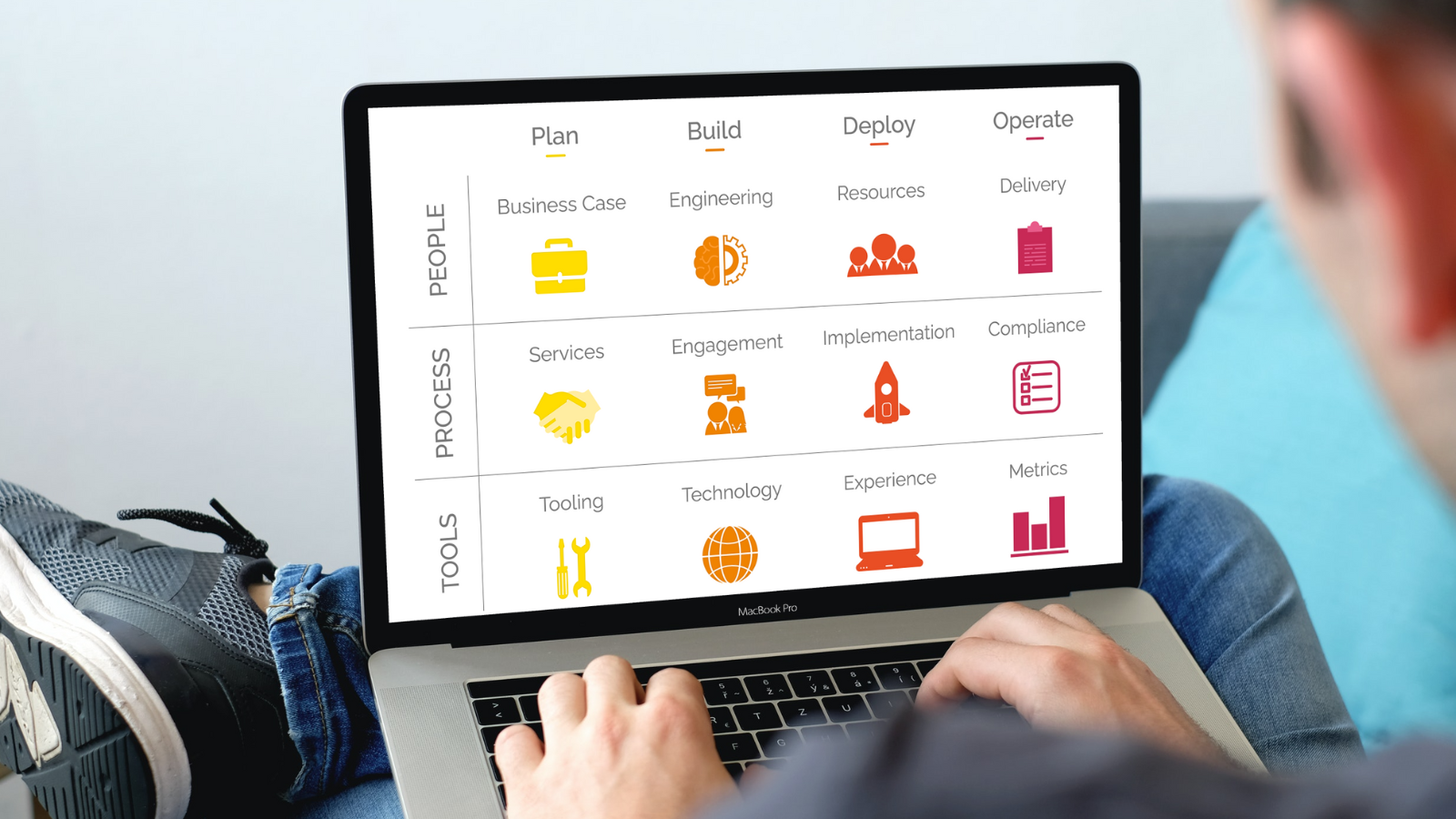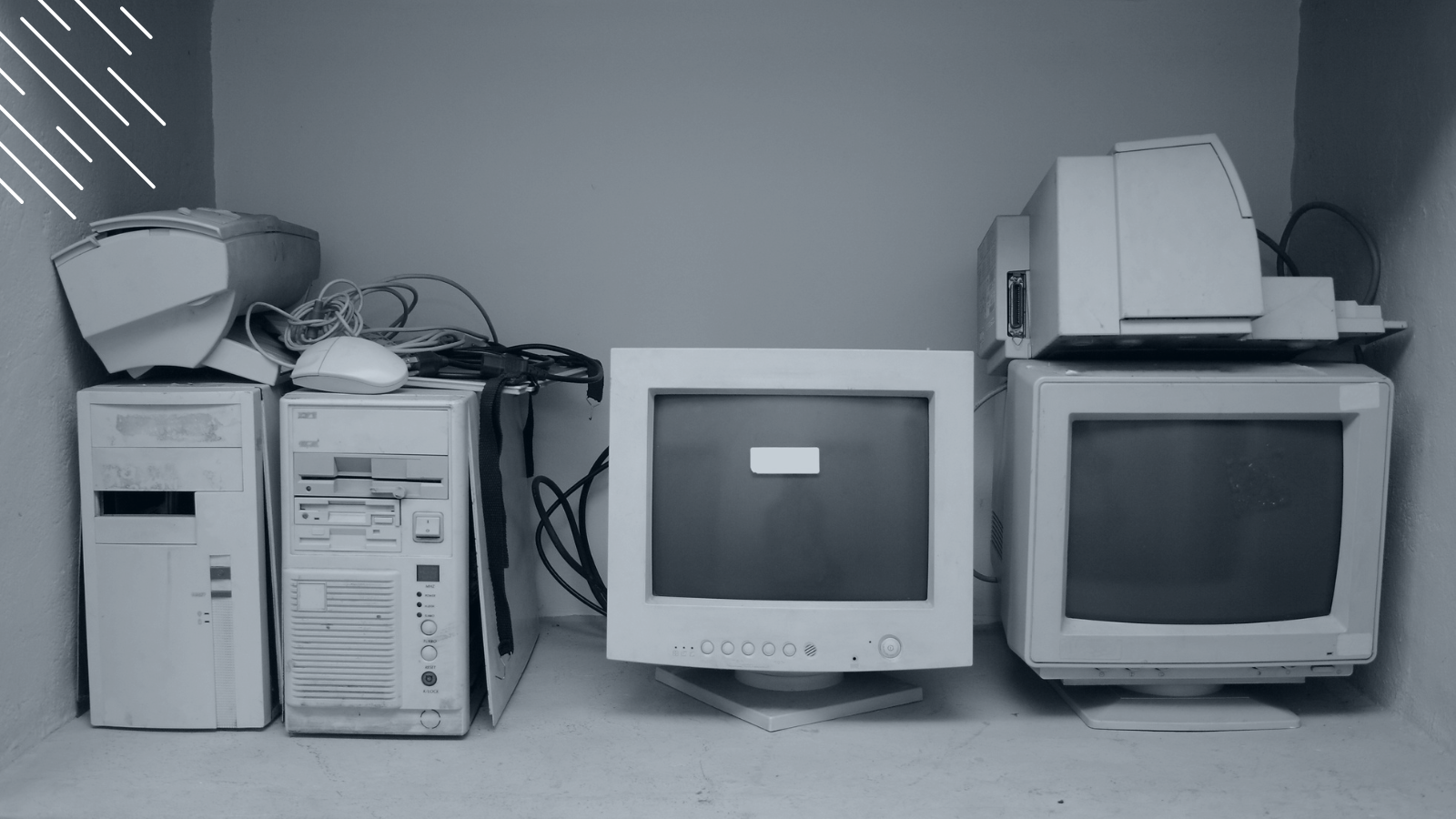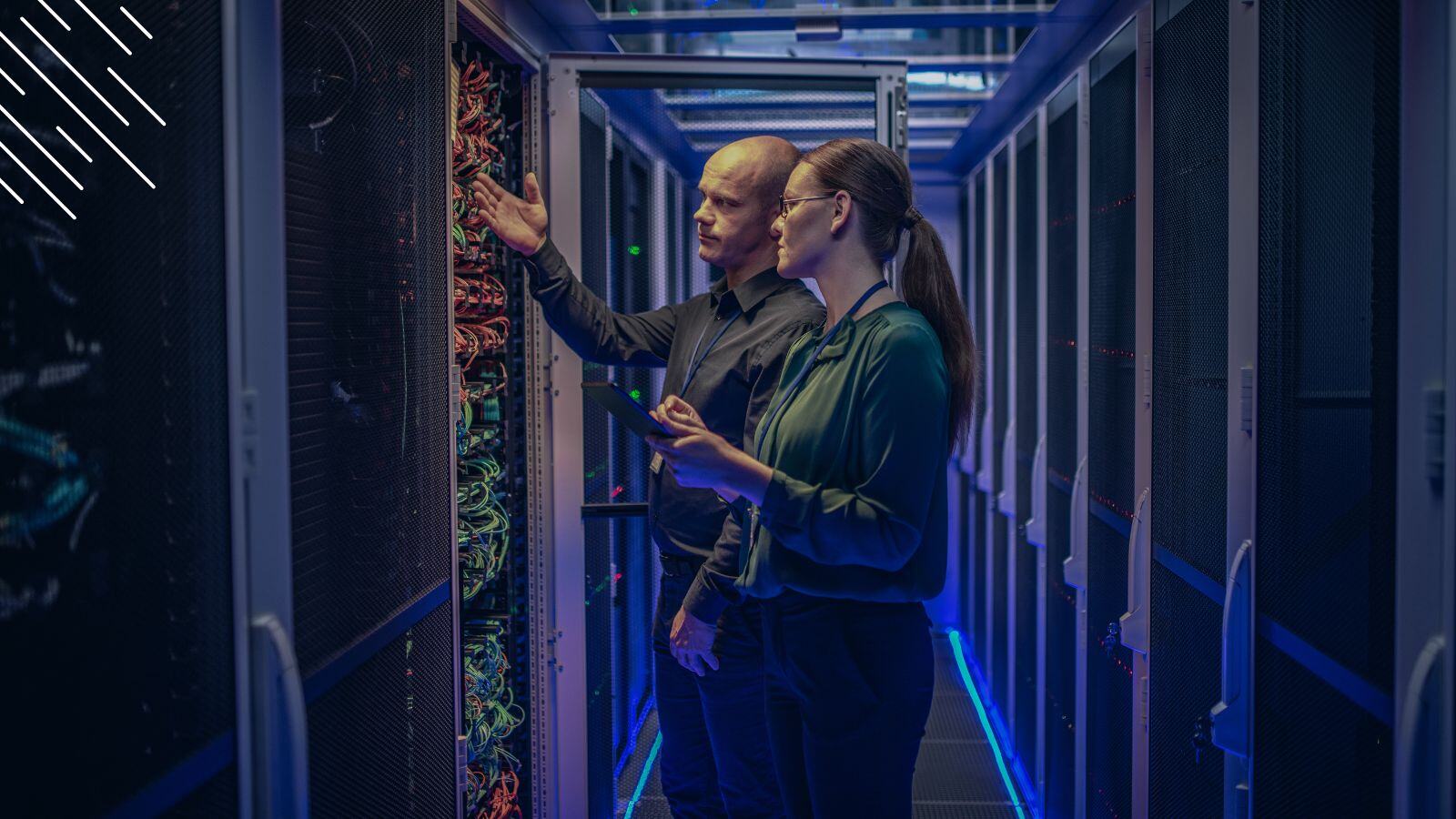Daniel Engberg: Why Agile Methodologies Are The Key To Driving Evergreen IT
May 12th, 2022
7 min read
By Barry Angell

 This blog post is part of an ongoing Expert Interview Series in which we interview knowledgeable industry veterans on the topics of Evergreen IT, Workplace Automation, and Digital End User Experience.
This blog post is part of an ongoing Expert Interview Series in which we interview knowledgeable industry veterans on the topics of Evergreen IT, Workplace Automation, and Digital End User Experience.
This conversation, recorded in early May 2022, was with Daniel Engberg, Principal Consultant & Partner at Agdiwo enabling several large Swedish enterprises to define and implement their Evergreen IT strategy, as well as the author of the successful endpoint management blog, https://www.danielengberg.com/.
Daniel, thank you so much for sitting down with me today. Before we talk about your take on the importance of creating an Agile Evergreen IT strategy, can you give us a little background on Agdiwo, your consultancy firm?
Daniel: Yes, sure. Agdiwo stands for AGile DIgital WOrkplace. The reason we formed the company is that we were a bunch of IT guys from the IT infrastructure field, and we saw that a lot of our customers had started to change from being a traditional company — for example, a car producer — to a software company. Consequently, many of these companies were changing the whole approach to how they work.
From the client management side (where we are from), the need to move from one operating system to another has vanished with Microsoft's Windows-as-a-Service approach. The focus is much more on continuous improvement where the Windows client OS receives an updated version twice a year. The end user should not be impacted — it should just happen.
Many organizations had also started to change the whole organizational setup, but we saw a gap between the agile strategy and the technical implementation. They didn’t line up. However, from experience, we knew that if you combine them in a strategic way, the sum of both is much bigger than their parts. Since there was no one helping organizations do that, we started our company in 2020 to close that gap.
So, you just opened your door before the pandemic hit. How did that influence your business?
Daniel: Yes, we started the company in February 2020, which was right when everything started to fall apart. For us, it was fortunate in a way that we had focused on delivering our services in another way. All our customers switched to some type of agile approach because now people were working from home. Instead of measuring your employees by how much time they spent at the office, you now really needed to track productivity. You needed short, more frequent meetings. Previously, you might have had a project meeting once a week, but now you have standups every day. This pandemic really accelerated the Working-From-Home and Cloud-First approach.
In your recent blog post “Create an Awesome Evergreen IT Strategy in 2022”, you define an Evergreen IT strategy as “an IT strategy where the approach will still be applicable for many years.” Can you elaborate on that a little?
Daniel: For me, Evergreen IT means having an IT strategy where things within it can change, but you don't need to redefine the strategy if there is something else happening in the world, or with the products that you are working with. For example, if Microsoft releases a new product or changes product names, how products work, or the support cycles, you can fit it into your strategy rather than having to update the strategy. Changes in IT are happening so quickly now that you cannot pivot every time something new comes along. It would be extremely difficult, especially for large enterprises that cannot typically be as agile. You need to have a framework that is adaptable for those changes that are happening.
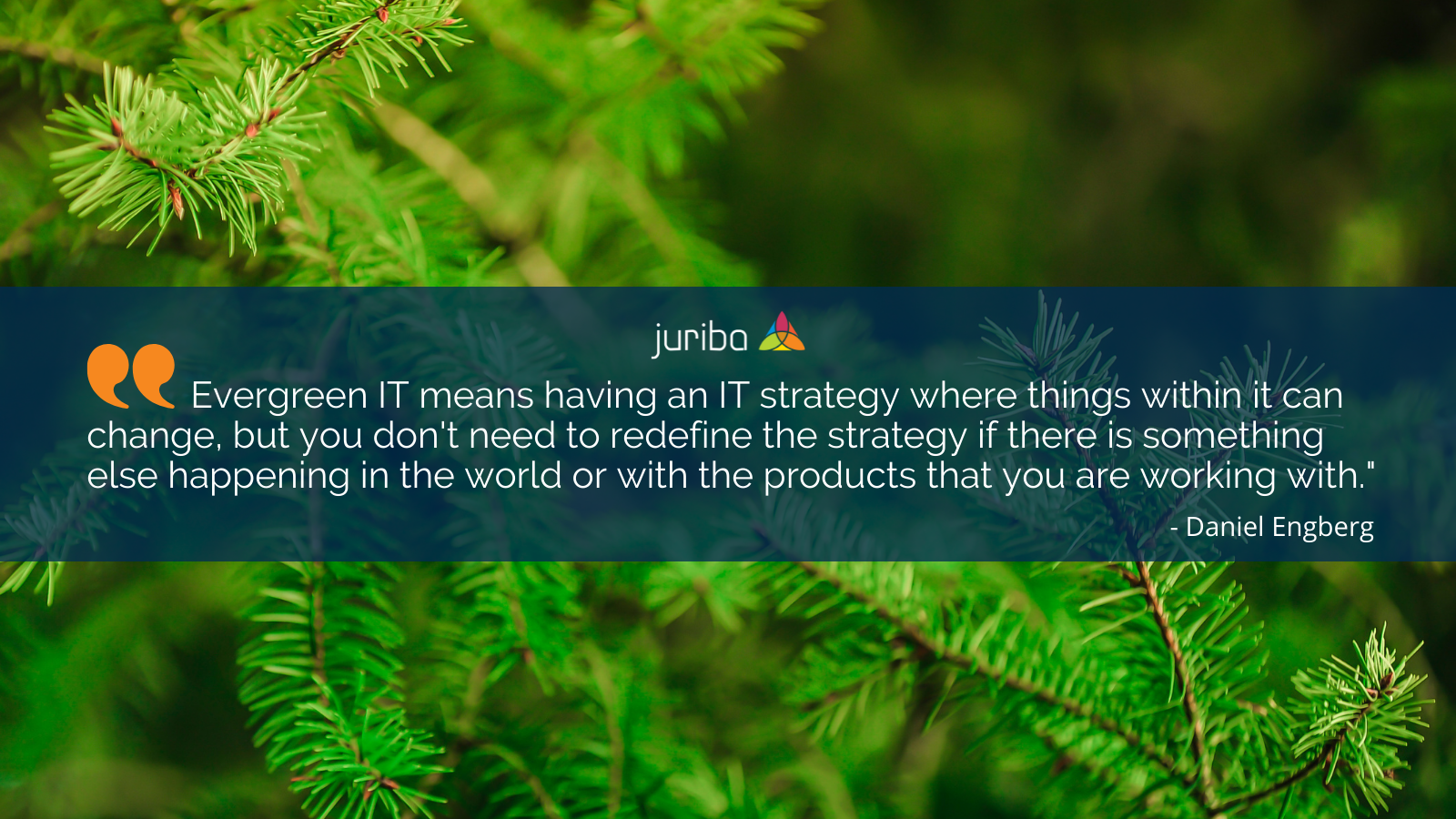
Last week, you said something that really stuck with me: “The strategy should drive the tooling; the tooling should not drive the strategy.” Quite often, we see that tooling gets chosen, and then the strategy gets wrapped around the tooling. This doesn't necessarily give you the right strategy. It just means that you have a strategy that works with whatever tooling you chose.
Daniel: Definitely. When we come to a new customer, we always ask, “What do you want to achieve and what value do you want to create?” We never ask, “Have you heard of this product and how can we shimmy it into the organization?” That's usually a bad start. Organizations need an agile Evergreen IT strategy as the pace of the development of these Software-as-a-Service products is not decreasing but will increase in the future. Therefore, you need to have your whole organization behind you when creating a holistic modern IT strategy rather than a point solution.
From your point of view, how mature is the understanding and adoption of Evergreen IT in the market?
Daniel: Since Microsoft started its Windows-as-a-Service approach with Windows 10 1507, a lot of organizations have started to understand the approach. And it is not just Windows 10, but also Office 365 and comparable products. Now it is easy to explain to someone what Evergreen IT is. You can say, “Look, this will continuously update, and it will keep updating whether you like it or not, so you need to plan accordingly.” However, the reality is that it has been difficult in practice because, for example, we have 36 months as the support cycle for a specific Windows version. This seems like a lot of time and then, suddenly, the time is up but you still need to upgrade.
At Juriba, we talk quite a lot about the culture shift that organizations must go through because upgrading IT assets (or, in other words, running Evergreen IT) is now a Business-as-Usual function. When you go to a customer with this brand-new methodology, do you get a lot of resistance from those teams, either on the approach or the skillset gap? What are the main barriers you must get over culturally to get someone to adopt Evergreen IT in the right way?
Daniel: Most organizations are used to running these activities through projects. Now you need to run them through continuous improvement with DevOps, for example. But there has been a real change in recent years — at least since the pandemic. All our customers want to work with a more Evergreen and Agile approach. A lot of organizations think they do Agile and Evergreen, but once you scratch the surface, you find out that they are really running it the old way.
The problem is not the technical part. That’s easy. Instead, the entire organization needs to understand what you are doing, why you are doing it, and then be on board with it. It is important that everyone understands what you are trying to achieve, how it will help the organization, and how it will work in the future. But a lot of people in IT are scared that, with the change, they might lose their responsibility and, therefore, their job.
Would you classify the fear of having to change methodology or potentially losing that responsibility as the biggest barrier, even if it means other opportunities?
Daniel: I would say that the biggest barrier is a combination of two things: fear of change and fear of planning. A lot of organizations work reactively instead of sitting down and planning. Instead of formulating a strategy, they just implement the technical product.
There is sometimes a skills gap within the team that is asked to implement Evergreen IT. Ultimately, setting up your processes and your automation is still a mini-project, and you still need to have a plan. Service delivery teams are not necessarily used to working in that way. In the past, they typically have worked in a reactive manner, fixing widget after widget rather than strategically managing their time. Is it a skills gap or purely about just adopting different methodologies?
Daniel: It is a matter of mindset. Are you open to change? Then it is much easier. A lot of organizations and people working there are not open to change because they have done what they have done for many years. It worked. It was safe. Change is scary. But this also opens opportunities for younger people coming in who don't have that experience.
Associated with that, you must request senior sponsors because, otherwise, you are coming in with something that people are going to potentially resist quite a lot.
Daniel: Yes, exactly. Usually, we see that technical requests come from the bottom up, but IT strategies come top-down, and then it's sometimes difficult to meet somewhere in between.
When you come into an organization, how do you assess their Evergreen IT maturity level?
Daniel: Usually, when I come in and I assess an organization, I sit down and see how they are doing things right now. What are they trying to achieve? What plans do they have for the future? Maturity is based on what the organization looks like. What competencies do they have within their organization? What are they trying to achieve?
We talked about Agile. A lot of times with Evergreen IT, I feel as if it is about executing mini-project after mini-project, one step at a time. Whereas with Agile, you have a priorities list that you continuously chip away at. How is the Agile methodology really the best practice for implementing Evergreen IT?
Daniel: If you look at the whole Agile approach, it is continuous development and transparency. You need to show what you are doing. It is all about adapting to changes along the way. If we take the other approach, then you usually plan for what you want to achieve in a year or so, but then there are so many changes along the way that the end goal might not really be applicable anymore. With Agile and Evergreen IT, it is like a phone operating system: as soon as you have one rolled out, you must start on the next one.
We talked a lot about what can go wrong. But what would you consider a success with regards to Evergreen IT?
Daniel: Success is when you are working as a team, and you have clearly defined activities. A lot of people plan by ambition, not by capacity. Organizations are too ambitious with how much they plan, and when you plan too much, you might also end up not achieving as much. It's better to plan less and achieve your goals. There is a great deal of success if the organization is aware of what you are doing.
I think it's also important to understand that you really do not need to have the amount of control that you had previously. If we have drivers, you could enable them through Microsoft Update. Then, when you receive them, you do not need to have control over which ones you get because, in most cases, it is fine. What you do need, though, is a plan for what to do if it does not work.
The same thing applies to new client operating system versions. You need to test your business-critical applications, but that's about it. You don't need to test everything in the same way as you did before. You can't do it because everything is changing so quickly.
I wonder if much of this is due to history. Over the years, you've been told that this won't break anything, and then suddenly it breaks loads of things, so over time, you've lost your trust in taking that risk-based approach. That is the cultural thing that people need to get over. It's just that this is going to be a confidence play for a few years, so the more that you do with very few things breaking, the more you can accept an exception-based approach and a risk-based approach. Not accepting those approaches is a mistake. What are the other big mistakes you can make?
Daniel: The other big mistakes come down to being unwilling to change, having to control everything, not creating transparency within the organization, and not keeping the business values in mind when crafting a strategy but starting with the tooling. In addition to avoiding these mistakes, you need to have a culture of continuous learning, and you need senior buy-in through education. Getting people involved is super important. If you don't get people involved, that is a big mistake!
Thank you so much Daniel for your insight and time.
Barry is a co-founder of Juriba, where he works as CEO to drive the company strategy. He is an experienced End User Services executive that has helped manage thousands of users, computers, applications and mailboxes to their next IT platform. He has saved millions of dollars for internal departments and customers alike through product, project, process and service delivery efficiency.


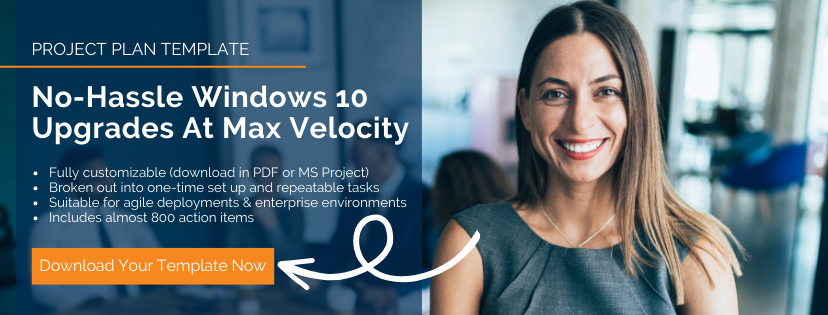

![What is a Digital Workplace? [Definition]](https://blog.juriba.com/hs-fs/hubfs/What%20is%20a%20Digital%20Workplace%20%5BDefinition%5D.jpg?width=1600&height=900&name=What%20is%20a%20Digital%20Workplace%20%5BDefinition%5D.jpg)

